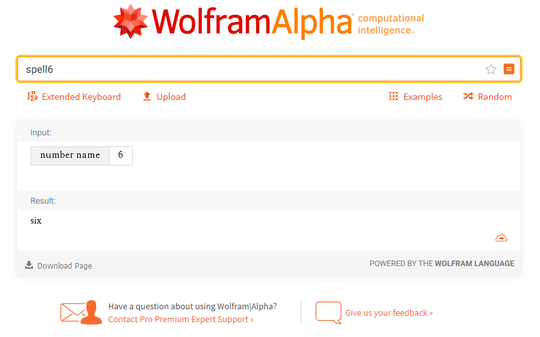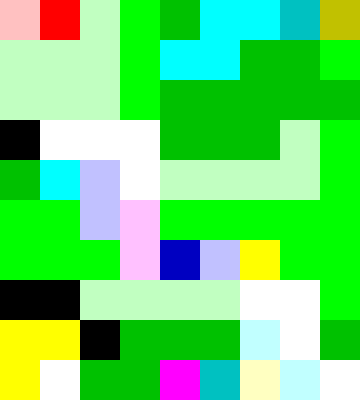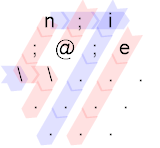37
5
Create a program which prints the amount of characters its source has in English words.
If your program is nine letters long it should print "nine".
Capitalization is ignored: in case you're printing "one" (somehow) you can print "one", "oNe", "ONE" or anything else.
Base ten is required.
Proper spacing is also required.
In the (unlikely but just for specification) case your program reaches one billion characters or more, use the American number scale. A billion here is 10^9 and a million is 10^6.
Do not use "one hundred and one": use "one hundred one".
Do not use the hyphen. Print forty four, not forty-four.
Test cases with a fake program:
10.(96 0s later)..01 prints one HuNdreD ONE -- okay: proper spacing, no "and"
10.(96 0s later)..01 prints one HuNdreDONE -- not okay: wrong spacing
10.(96 0s later)..01 prints one thousand two hundred two -- not okay: base 3 rather than base 10
10...(999999996 0s later) prints nine hundred ninety-nine million nine hundred ninety-nine thousand nine hundred ninety-six: not okay, wrong number and includes hyphens
Golfy challenge, as always: shortest code wins. You're free to post after the green tick has been given, though. This serves more for completeness for hard to program languages. Malbolge, anyone?




Proper spacing is also required.Does this mean no trailing spaces in the output? – Engineer Toast – 2019-10-23T12:14:24.467